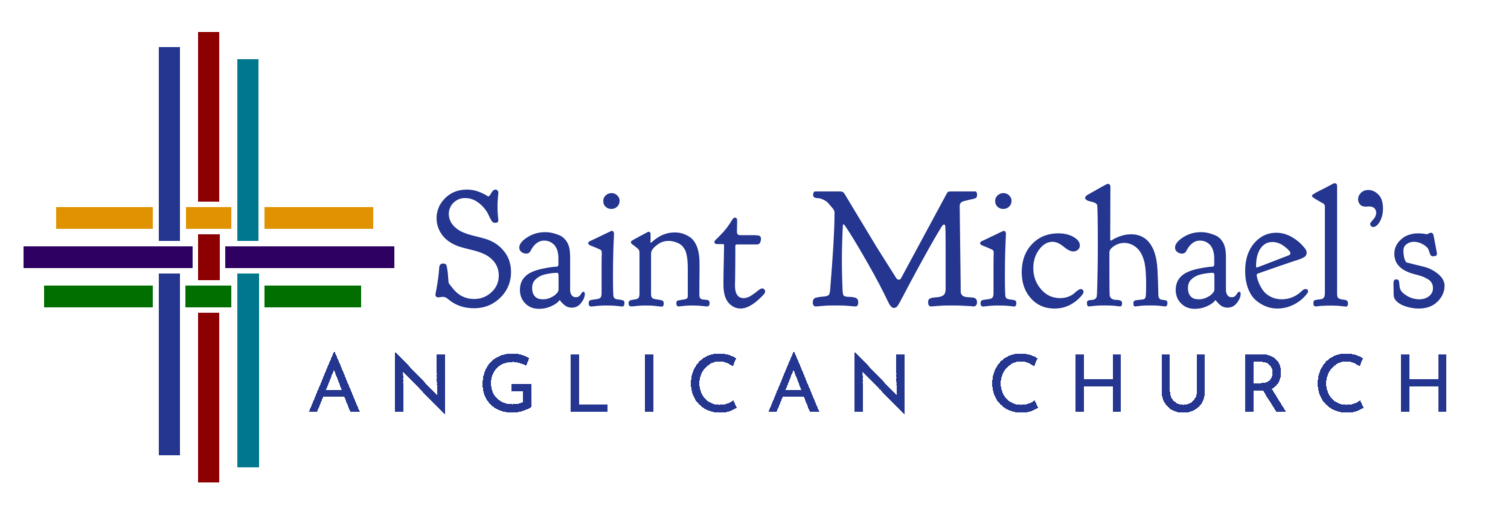Tips for praying Morning Prayer
Praying Morning Prayer from the Book of Common Prayer is a great option for worshiping from home on Sunday mornings (or any morning!). The service begins on p. 11 of the ACNA’s Book of Common Prayer.
Here are some tips that might be helpful if you’re new to worshiping from the prayer book:
If there are two or more of you, choose one person to say the “Officiant” parts, and the other(s) will say the “People” parts. If there’s just one of you, say both parts. (And yes—do try saying it aloud. It may feel funny use the words “we” and “us” when you’re by yourself. But remember: you’re joining Anglicans all over the world in praying this service—so you’re actually part of a “we!”)
Instructions for the service are found in italics throughout the liturgy. Wherever they say “may,” that means what follows is optional.
When there’s not a priest or bishop present, after the Confession of Sin on p. 12, go to the middle of p. 13 and pray the prayer that begins, “Grant to your faithful people…”
After the “Invitatory” (p. 13), pray either the Venite (p. 14) or the Jubilate (p. 15). Then skip to the Psalm or Psalm Appointed on p. 16.
The Psalm(s) Appointed and the Lessons: There is a calendar of scripture readings for every day of the year. This is called the “Daily Office Lectionary.” The Daily Office Lectionary for March is on pp. 742-743 in the BCP. This lectionary can be used in two ways:
Read the left-hand page readings for Morning Prayer and the right-hand page readings for Evening Prayer. This way you’ll work through the whole lectionary each year.
Read the left-hand page readings in odd-numbered years and the right-hand page readings in even-numbered years (e.g., 2020). This way you’ll work through the whole lectionary in two years.
The readings we would use in church on Sunday would come from the “Sunday, Holy Day, and Commemoration Lectionary,” which begins on p. 716. For March 15, we would use the readings for the Third Sunday in Lent in Year A (Exodus 17:1-7; Psalm 95; Romans 1:16-32; and John 4:5-42). For March 22, we would use the readings for the Fourth Sunday in Lent in Year A (1 Samuel 16:1-13; Psalm 23; Ephesians 5:1-14; John 9:1-13, 28-41).
Did you know that the Book of Psalms is included in the BCP? It starts on p. 270.
The “canticles” (songs) on pp. 17-20: You may (meaning you have the option to) read one or more of these in between the scripture readings. The “Benedictus Es, Domine” (p. 18) is often said during Lent.
After the readings (and the canticles, if you choose to use them), the service continues with the Apostles’ Creed on p. 20.
The Collects (beginning on p. 22): These are a number of different prayers you can pray.
The Collect of the Day is the actually a collect of the week: each Sunday has a collect, and then you pray that same one every day the following week. For the week beginning March 15, use the Collect for the Third Sunday in Lent (p. 606). For the week beginning March 22, use the Collect for the Fourth Sunday in Lent (p. 606).
Then there’s a collect for each day of the week.
Then you pray one of the “Prayers for Mission” on pp. 24-25.
After this is when you would pray your own prayers, giving God thanks and praying for anything that is on your heart.
The service concludes with the General Thanksgiving (p. 25), the Prayer of St. John Chrysostom (p. 26), and one of the “concluding sentences” (p. 26).

